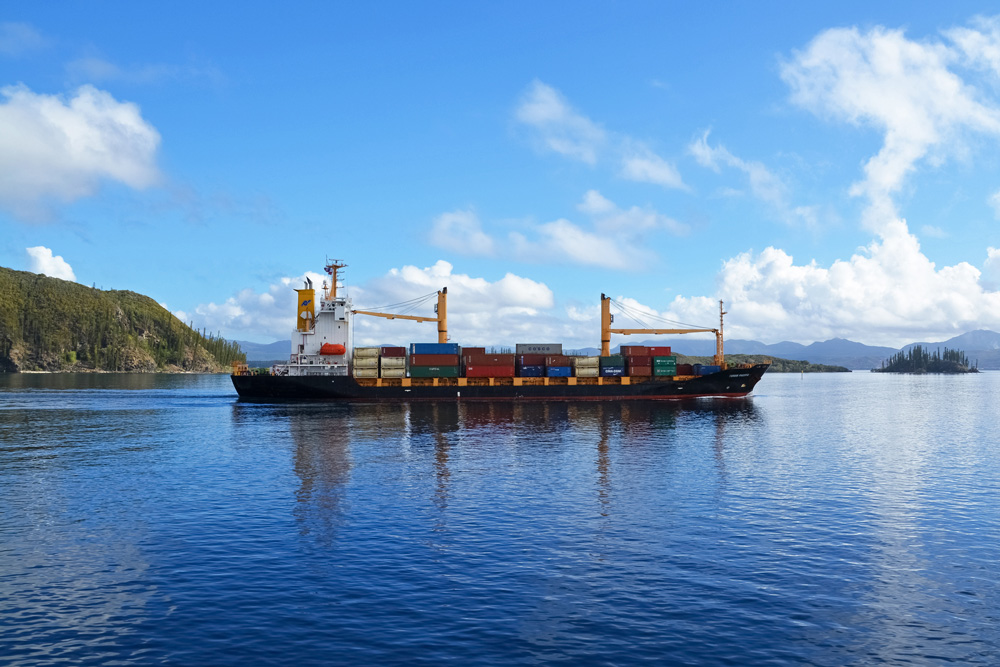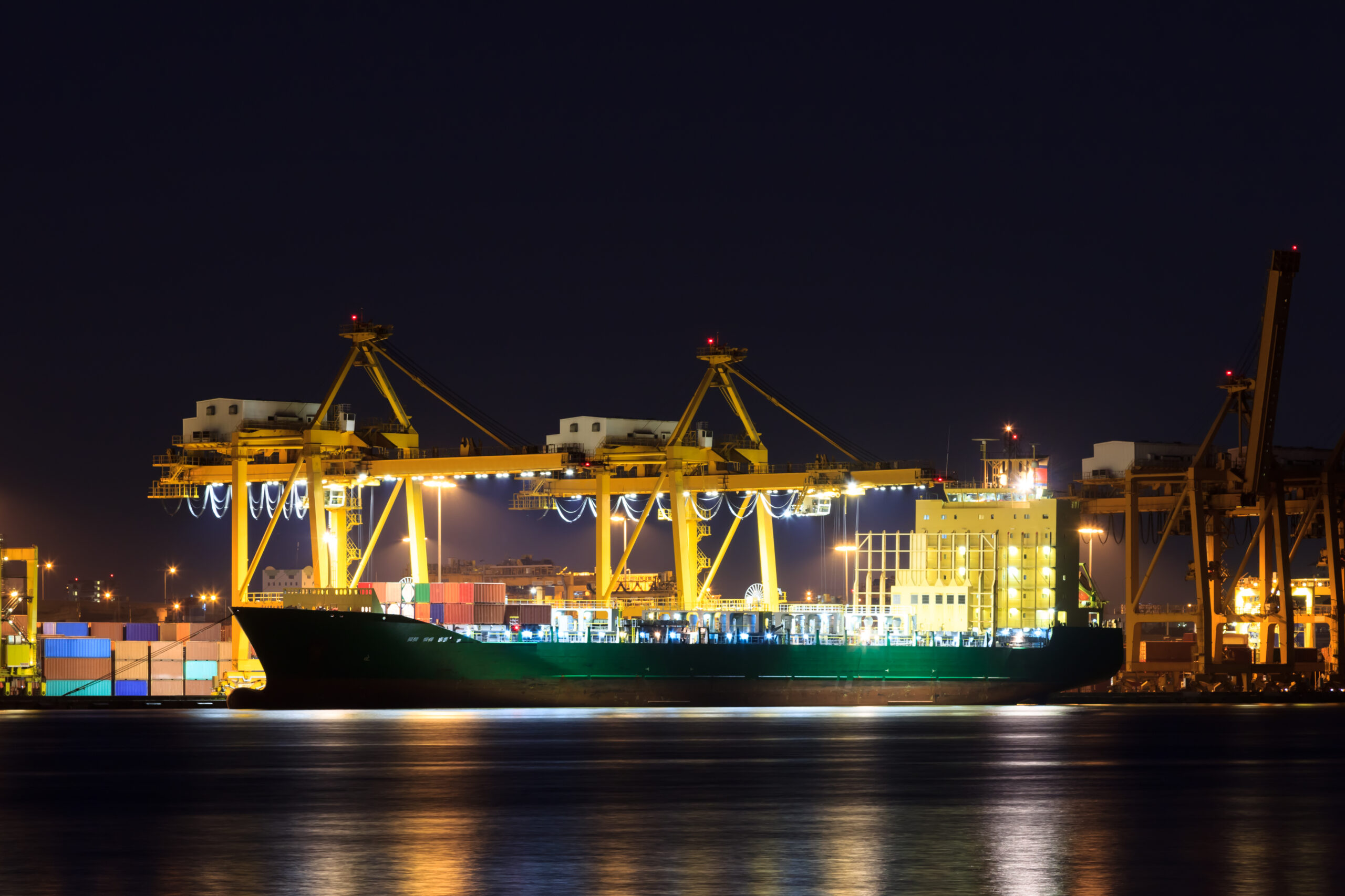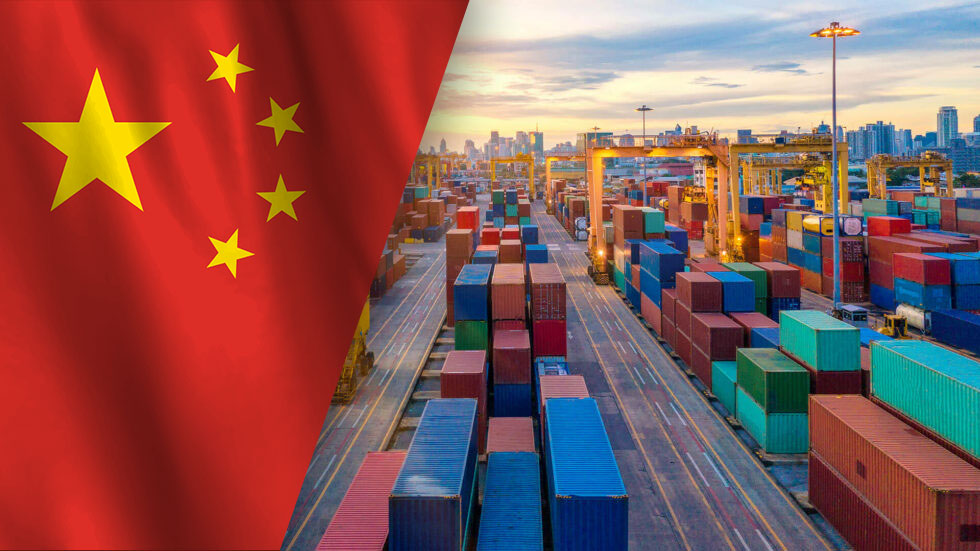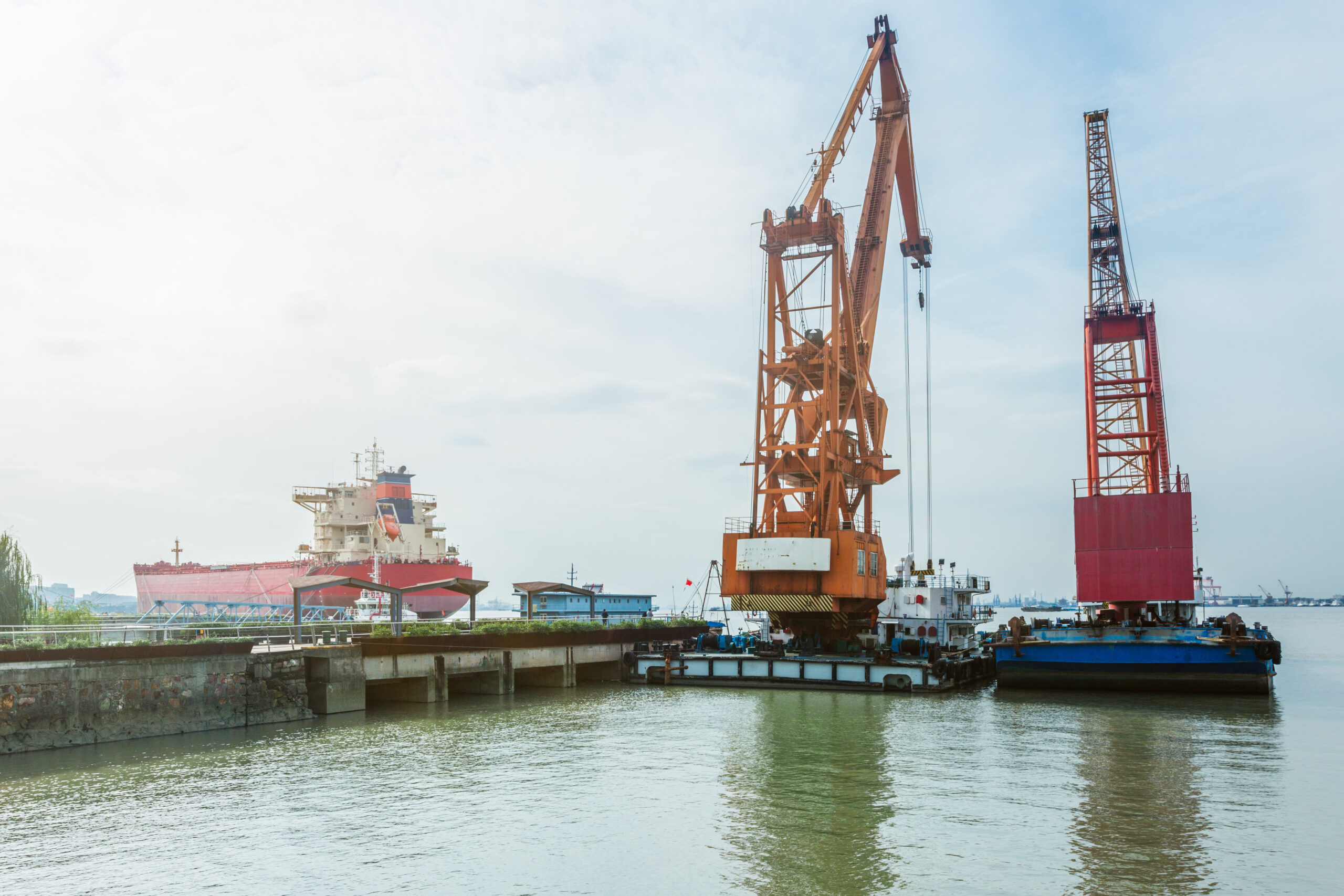This week:
- Uncertainty over the effects of Shanghai reopening is leaving many shippers and forwarders wary of a coming spike in import cargo, while others predict a slow and gradual return to normal
- A private equity fund purchases majority shares in NVO company Honour Lane Shipping
- US LTL carriers face increasing pressure as demand outpaces LTL infrastructure growth
- Los Angeles Port officials announce that vessel numbers from Asia have remained steady throughout 2022 thanks to coordinated efforts with Ningbo Port
- Shanghai’s Pudong International Airport experienced a drop of more than 60% in international shipping capacity as a direct result of the Shanghai lockdowns
Obscurity Over Shanghai Reopening Leaves Many Shippers Wary
While the COVID-19 lockdowns throughout China have loosened spot rates and a temporary lull in American imports from China, many carriers have refused to renegotiate service contract rates with shippers. Shippers and non-vessel-operating common carriers (NVOs) are not just worried about service contract rates, as there still exists a lot of guessing and obscurity surrounding exactly how ports such as Shanghai will operate after restrictions ease and the effects that that will have on cargo movement.
While some shippers and NVOs anticipate a gradual and manageable return to import volumes similar to seasonal volumes before the lockdowns, many are worried that a strong import volume spike is on its way. The uncertainty means that shippers and NVOs do not have adequate information to plan their supply chains for the rest of the year. How import volumes recover will also affect freight rates which have recently stagnated, possibly leading to large spikes before the coming peak season.
There is some confidence that the major port congestion and backlogs of 2020 and 2021 may not repeat when Shanghai returns to full operations. This is thanks to the large number of blank sailings combined with more Asian import containers traveling to the US East Coast, giving the West Coast some reprieve.
Sign up to Receive JMR’s Supply Chain News Roundup, Delivered Directly to Your Inbox Weekly
NVO Honour Lane Shipping Sells Majority Stake to Private Equity Fund
Honour Lane Shipping, one of the large co-loader companies in the trans-pacific market, announced on May 2 that they had sold a majority stake in the company to a consortium headed by an Asian private equity fund called Nexus Point Capital. The sale highlights the growing influence that NVOs have in the trans-Pacific compared with direct carrier contracts and the growing trend of NVOs offering better service integration to compete with carriers.
Between January and August 2021, Honour Lane Shipping was the sixth-largest trans-pacific NVO handling 220,000 TEU, a 33% year-over-year increase from 2020 compared with the 6.2% growth in direct carrier volume. Honour Lane has said in a statement that it plans to use the investment from Nexus Point Capital to extend its leadership position in the Asia-US lane and strengthen its standing in other markets, including Oceania, Europe, and Latin America.
Last year, NVOs handled 51.4% of the total amount of TEUs imported from Asia into the US, the first time that intermediaries have held more than 50% of the East-bound market for an entire year. Honour Lane holds 3.2% of this market share.
Increasing Demand Keeps Capacity Tight for LTL Carriers
Although US less-than-truckload (LTL) carriers continue to grow their capacity by adding additional doors to their networks, demand from industrial and retail shippers and businesses is rising faster and keeping LTL capacity tight. Forecasts from C. H. Robinson Worldwide predict that LTL tonnage will increase by 3% throughout this year, while LTL capacity will only increase by 1-2%. Higher rates of industrial production and growing retail inventories through 2022 will continue to put pressure on LTL capabilities.
Growth in demand for LTL carriers was partly due to the increase in eCommerce. However, LTL capacity needs to be able to handle the long-term volume increases caused by eCommerce rather than isolated spikes. One of the main challenges for LTL carriers is securing adequate infrastructure, which depends on real-estate and cross-dock terminals and is much slower to grow than other trucking sectors.
Trade at the Port of Los Angeles Holds Steady in the Face of Chinese Lockdowns
Executive director for the Port of Los Angeles Gene Seroka announced in a briefing on May 6 that vessel numbers for San Pedro Bay have remained consistent despite the challenges for import traffic imposed by China’s lockdowns of Shanghai and its surrounding regions. The number of ships departing from Asia on May 6 was 46, a quantity that matches every other week of 2022 and indicates virtually no drop in ship volume due to China’s COVID lockdowns.
The consistent vessel numbers are thanks to the coordination between Los Angeles and the Port of Ningbo in China, where much of the cargo originally planned to pass through Shanghai was rerouted. Port officials in both Los Angeles and Ningbo have been working together to prioritize container shipments to southern California, although while the number of ships arriving on the US West Coast has remained consistent, the lockdowns have still hit shippers hard. Slowed or paused industrial production and supply chain disruptions in China continue to prevent many different types of cargo from being sent, regardless of the number of ships that travel to the US from Asia.
China’s lockdowns in the Shanghai region have passed their seventh week, and there’s still a lot of uncertainty about when they will be lifted, possibly stretching throughout May and even June.
Lockdowns Led to Two-Thirds Capacity Drop-in Shanghai Airports
China’s COVID-19 lockdowns have not just slowed down port and trucking operations; they also significantly affected the operational capacity of Shanghai’s Pudong International Airport last month. By early April, the airport’s international shipping capacity dropped to approximately one-third that of the same period in 2021.
The reduction in airport capacity is primarily the result of decreased trucking activity as truckers first had to present negative 24-hour COVID tests to cross over into neighboring regions. Without sufficient trucking capabilities, air cargo could not be loaded or unloaded effectively from flights, leading to many air cargo providers reducing rates and canceling flights. Recent weeks have seen the flight capacity of Pudong International Airport increase. However, the lack of demand caused by the lockdown measures means that reaching pre-lockdown operation levels is still a long way off.
Even for shippers who can afford it, such as Ford, utilizing airlift cargo transport options does not immediately solve supply disruptions since the truckload capacity cannot effectively keep up. Growing backlogs of import cargo in ports throughout China mean that many ports are imposing penalties on airlines who cannot clear their cargo within 48 hours.
Penalties have further exacerbated airline cancellations, and with backlogs building throughout the country, cargo diversions from Shanghai to other locations are not guaranteed to improve the situation as air freight rates in Northern China increase in reaction.
More turmoil may be on its way for supply chains connected with China as lockdowns are expected to remain in place until late May and possibly later.






